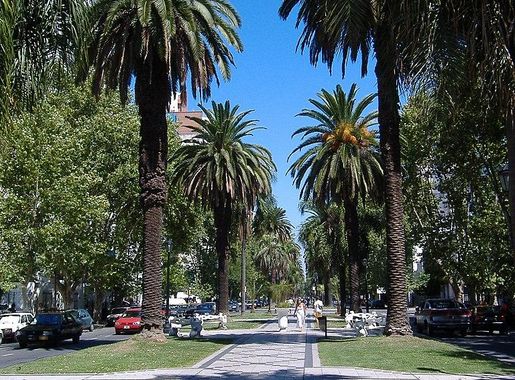
Rosario: The Hidden Gem of Argentina
Discover Rosario, Argentina's vibrant city by the Paraná River, known for its historic landmarks, cultural richness, and lively culinary scene.
Rosario, the third-largest city in Argentina, is a captivating blend of history, culture, and natural beauty. Nestled on the banks of the Paraná River, Rosario is known for its rich architectural heritage, vibrant arts scene, and lush green parks. The city is a fascinating destination for tourists seeking an authentic Argentine experience away from the more frequented paths of Buenos Aires and Córdoba. One of the city's most prominent landmarks is the National Flag Memorial, a towering monument dedicated to the creation of the Argentine flag. Visitors can climb to the top for a panoramic view of the city and the river. Rosario is also the birthplace of the famous revolutionary Che Guevara, and his childhood home is now a museum that provides insight into his early life and influences. The city boasts a thriving arts and cultural scene, with numerous galleries, theaters, and live music venues. The Parque de España is a popular cultural hub, hosting events and exhibitions throughout the year. For those who love the outdoors, the Parque Independencia offers a tranquil escape with its picturesque lake, botanical garden, and historic buildings. Food lovers will find Rosario a culinary delight, with a wide range of dining options from traditional Argentine steakhouses to trendy cafes and international cuisine. The city's bustling markets, such as the Mercado del Patio, are perfect for sampling local produce and artisanal goods. Nightlife in Rosario is lively, with numerous bars and clubs offering a taste of the city's energetic spirit. Rosario's riverfront is a major attraction, featuring sandy beaches, water sports, and boat tours. The city's proximity to the Paraná Delta also makes it an excellent base for eco-tourism activities like bird-watching and kayaking. Whether you're exploring its historic streets, enjoying its cultural offerings, or relaxing by the river, Rosario promises an unforgettable experience.
Local tips in Rosario
- Visit the National Flag Memorial early in the morning to avoid crowds and enjoy the best views.
- Explore the Mercado del Patio for fresh local produce and unique artisanal goods.
- Take a boat tour along the Paraná River for a different perspective of the city and its surroundings.
- Check out the local events calendar at Parque de España for cultural activities during your stay.
- For a relaxing day, spend time at Parque Independencia, especially around the picturesque lake.
- Sample traditional Argentine dishes at local parrillas, especially the asado and empanadas.
- Visit Che Guevara's childhood home museum for a deep dive into his early life and influences.
- Plan your trip to coincide with the city's festivals, such as the Rosario International Film Festival.
Neighbourhoods in Rosario
Rosario: The Hidden Gem of Argentina
Rosario, the third-largest city in Argentina, is a captivating blend of history, culture, and natural beauty. Nestled on the banks of the Paraná River, Rosario is known for its rich architectural heritage, vibrant arts scene, and lush green parks. The city is a fascinating destination for tourists seeking an authentic Argentine experience away from the more frequented paths of Buenos Aires and Córdoba. One of the city's most prominent landmarks is the National Flag Memorial, a towering monument dedicated to the creation of the Argentine flag. Visitors can climb to the top for a panoramic view of the city and the river. Rosario is also the birthplace of the famous revolutionary Che Guevara, and his childhood home is now a museum that provides insight into his early life and influences. The city boasts a thriving arts and cultural scene, with numerous galleries, theaters, and live music venues. The Parque de España is a popular cultural hub, hosting events and exhibitions throughout the year. For those who love the outdoors, the Parque Independencia offers a tranquil escape with its picturesque lake, botanical garden, and historic buildings. Food lovers will find Rosario a culinary delight, with a wide range of dining options from traditional Argentine steakhouses to trendy cafes and international cuisine. The city's bustling markets, such as the Mercado del Patio, are perfect for sampling local produce and artisanal goods. Nightlife in Rosario is lively, with numerous bars and clubs offering a taste of the city's energetic spirit. Rosario's riverfront is a major attraction, featuring sandy beaches, water sports, and boat tours. The city's proximity to the Paraná Delta also makes it an excellent base for eco-tourism activities like bird-watching and kayaking. Whether you're exploring its historic streets, enjoying its cultural offerings, or relaxing by the river, Rosario promises an unforgettable experience.
When is the best time to go to Rosario?
Iconic landmarks you can’t miss
Monumento Histórico Nacional a la Bandera
Experience the grandeur of the Monumento Histórico Nacional a la Bandera, a symbol of Argentina's pride and history in the enchanting city of Rosario.
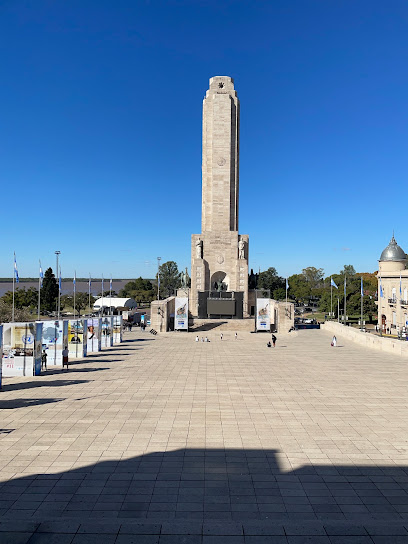
CULTURAL CENTER OF SPAIN PARK
Discover the Cultural Center of Spain Park in Santa Fe: a vibrant hub for art, education, and cultural experiences amidst beautiful surroundings.
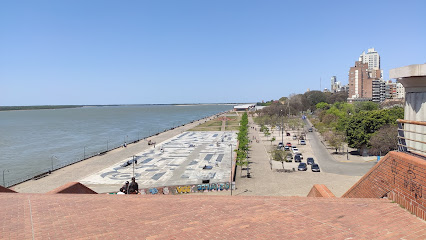
Parque Urquiza
Discover the beauty and tranquility of Parque Urquiza, a lush urban park in Rosario perfect for relaxation, recreation, and breathtaking river views.
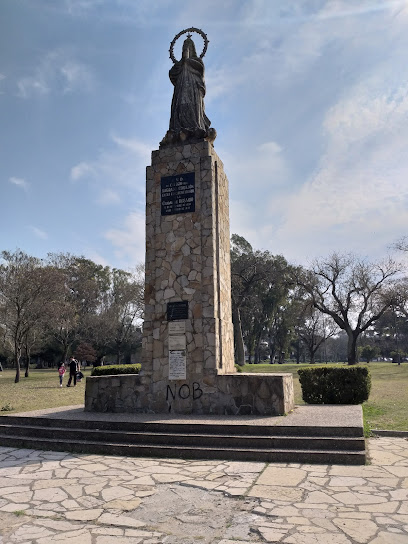
Balneario La Florida.
Experience the best of Rosario at Balneario La Florida, a vibrant public beach with stunning views, exciting activities, and delicious local cuisine.
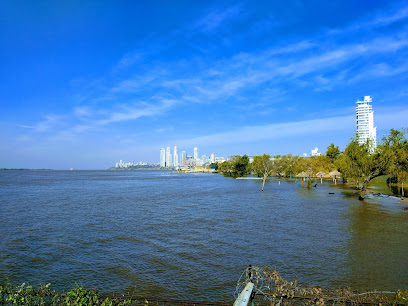
Acuario del Río Paraná
Explore the enchanting Acuario del Río Paraná in Rosario, where the vibrant aquatic life of the Paraná River comes to life through stunning exhibits and educational experiences.
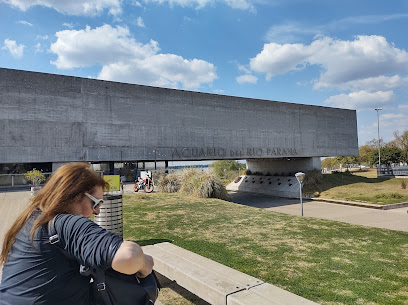
Plaza San Martín
Discover the vibrant heart of Rosario at Plaza San Martín, where history, culture, and natural beauty converge in a stunning urban park.
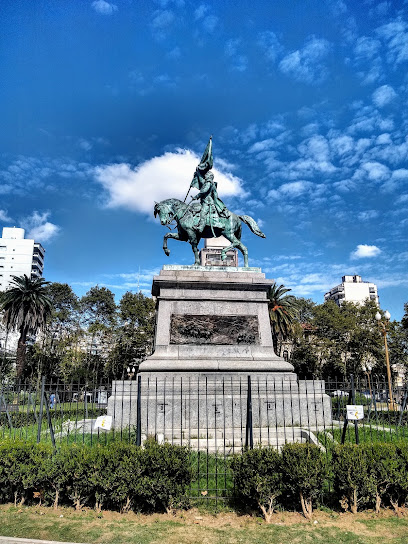
Independencia. Park
Discover the natural beauty and vibrant atmosphere of Independencia Park in Rosario, a perfect retreat for relaxation and recreation in the heart of the city.

Teatro El Círculo
Discover the elegance and cultural richness of Teatro El Círculo in Rosario, a premier destination for performing arts enthusiasts and history lovers alike.
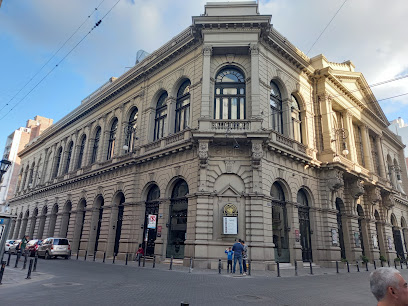
Nativity of Our Lord Parish
Discover the beauty of Nativity of Our Lord Parish, a stunning Catholic church in Rosario, blending spirituality and rich cultural heritage in one captivating location.
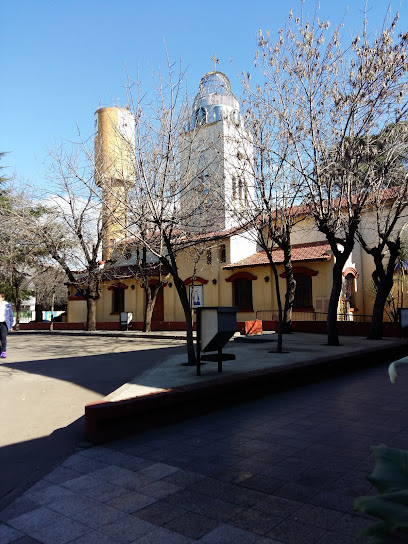
Plaza Montenegro
Experience the tranquility of Plaza Montenegro, a lush park in Rosario, where nature meets culture in the heart of Argentina's vibrant city.
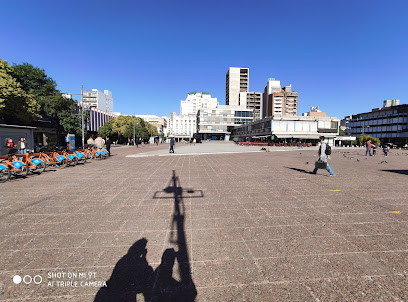
Flag National Park
Experience the beauty of Flag National Park in Rosario, a serene escape with lush landscapes and stunning views of the Paraná River.
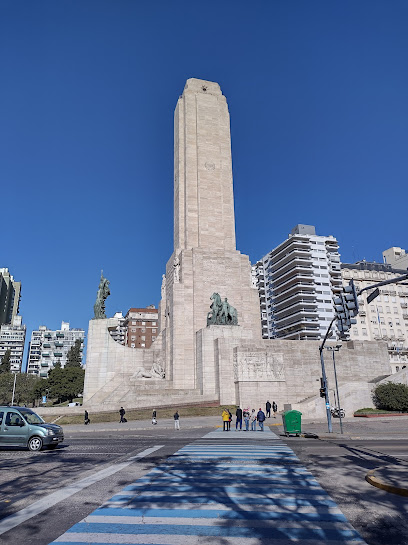
Parrilla Don Ferro
Savor the rich flavors of Argentina at Parrilla Don Ferro, a premier restaurant in Rosario known for its exquisite parrilla and fine wine selection.
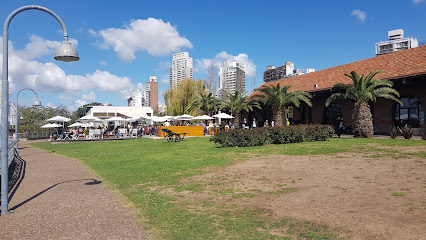
Plaza 25 de Mayo
Discover the vibrant Plaza 25 de Mayo in Rosario, a historic park surrounded by stunning architecture and cultural richness, perfect for relaxation and exploration.
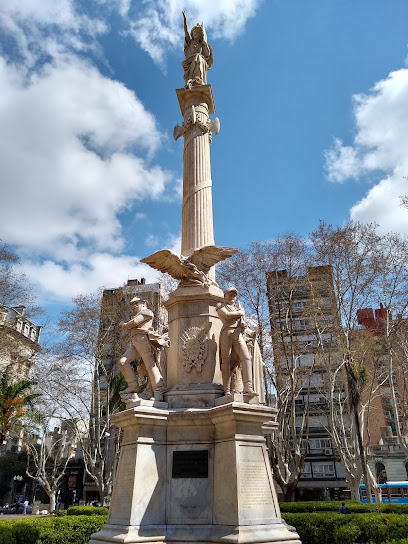
La Isla de los Inventos
Discover La Isla de los Inventos, a captivating theme park in Rosario, Argentina, where creativity, innovation, and fun come together for endless family adventures.
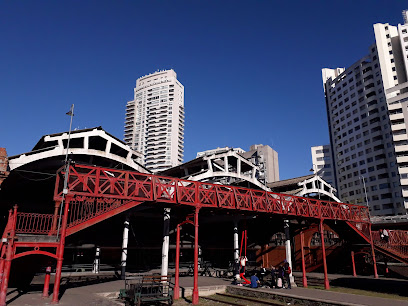
Children's Farm
Discover the joys of nature and learning at Rosario's Children's Farm, a family-friendly theme park filled with fun activities and engaging animal encounters.
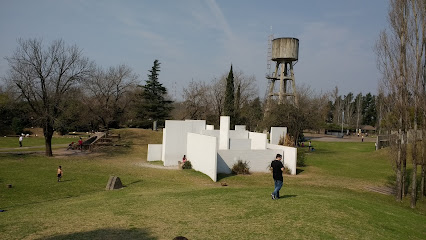
Unmissable attractions to see
Monumento Histórico Nacional a la Bandera
Explore the Monumento Histórico Nacional a la Bandera, a stunning tribute to Argentina's national identity, rich history, and breathtaking architecture in Rosario.
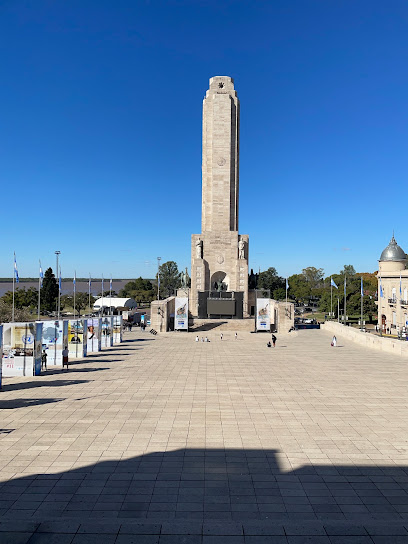
CULTURAL CENTER OF SPAIN PARK
Discover the Cultural Center of Spain Park in Santa Fe, a vibrant hub for art, education, and community along the scenic Sarmiento River.

Parque Urquiza
Explore Parque Urquiza, the perfect urban retreat in Rosario, offering lush landscapes, recreational activities, and cultural experiences.
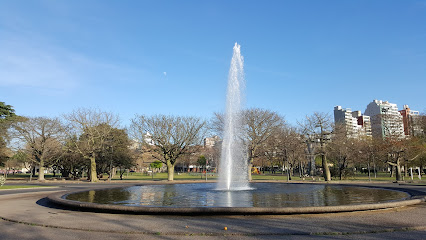
Colectividades Park
Experience the vibrant culture and serene beauty of Colectividades Park, a must-visit urban oasis in Rosario, perfect for relaxation and exploration.
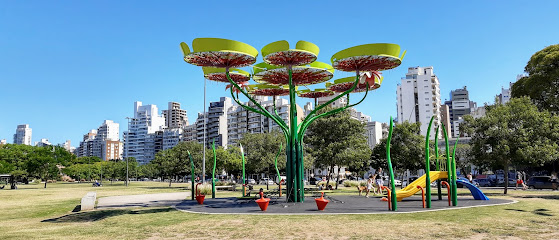
Balneario La Florida.
Discover Balneario La Florida, a lively public beach in Rosario, offering stunning views, exciting activities, and delightful local cuisine.
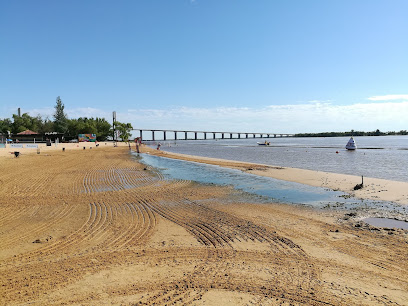
Acuario del Río Paraná
Explore the breathtaking aquatic life at Acuario del Río Paraná, a premier aquarium in Rosario, Argentina, dedicated to conservation and education.

Independencia. Park
Explore Rosario's Independencia Park, a lush green haven perfect for relaxation, recreation, and cultural experiences in the heart of the city.

Teatro El Círculo
Explore the grandeur of Teatro El Círculo, a historic performing arts theater in Rosario, celebrating culture through captivating performances and stunning architecture.
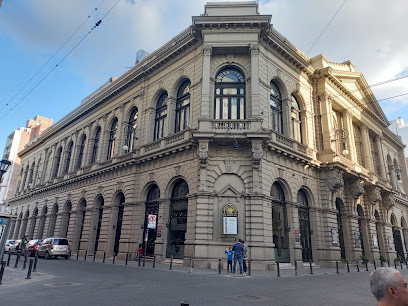
Plaza Montenegro
Discover the serene charm of Plaza Montenegro, a lush park in Rosario perfect for relaxation, recreation, and cultural experiences.

Flag National Park
Experience the breathtaking beauty of Flag National Park in Rosario, a serene urban escape with lush landscapes and rich cultural heritage.
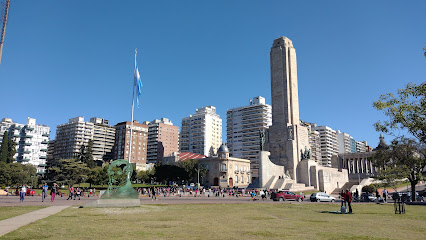
Plaza 25 de Mayo
Experience the vibrant history and culture of Rosario at Plaza 25 de Mayo, an urban oasis filled with lush greenery and historic charm.
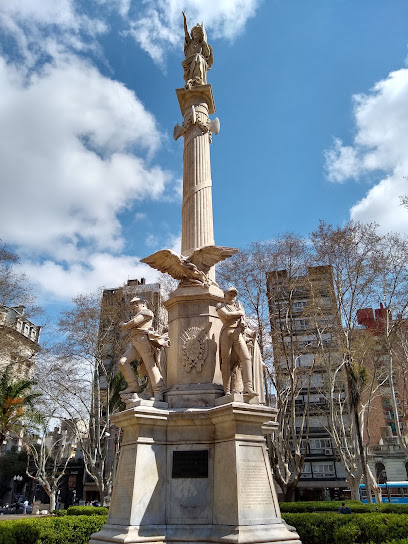
La Isla de los Inventos
Explore La Isla de los Inventos, a unique theme park in Rosario that ignites creativity and innovation through interactive exhibits and family-friendly fun.
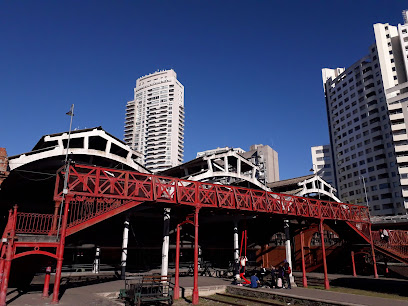
French Garden
Explore the beauty and tranquility of the French Garden in Rosario, a vibrant escape filled with lush landscapes and artistic charm.

Children's Farm
Explore the magical Children's Farm in Rosario, a theme park where children can connect with nature and enjoy interactive experiences with farm animals.

Cathedral Basilica Our Lady of Rosario
Discover the breathtaking beauty and rich history of the Cathedral Basilica Our Lady of Rosario, a must-visit spiritual landmark in Rosario, Argentina.
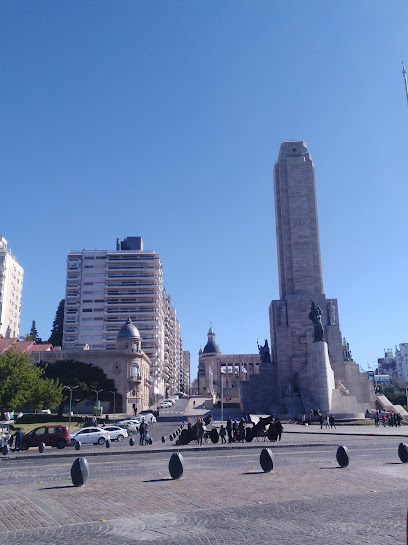
Essential places to dine
Rock&Feller's Bv. Oroño
Experience the best of American cuisine and vibrant nightlife at Rock&Feller's in Rosario - where every meal is a celebration.

Rock&Feller's Alto Rosario
Experience the essence of American cuisine at Rock&Feller's Alto Rosario - where flavor meets fun in the heart of Santa Fe.
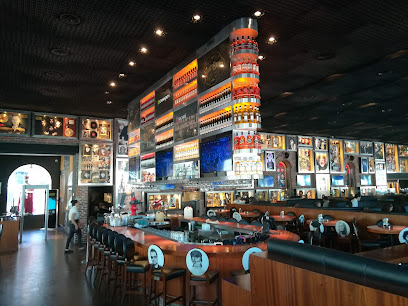
Mapu Rosario
Experience authentic Argentine grilling at Mapu Rosario—where quality meets tradition in every delicious bite.
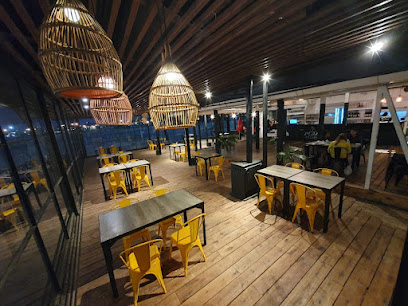
Parrilla La Estancia.
Experience authentic Argentinian cuisine at Parrilla La Estancia in Rosario – where every bite tells a story.
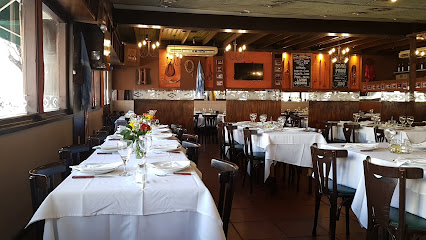
Escauriza Parrilla Restaurante
Experience authentic Argentine barbecue at Escauriza Parrilla Restaurante in Rosario - where every bite tells a story of flavor.
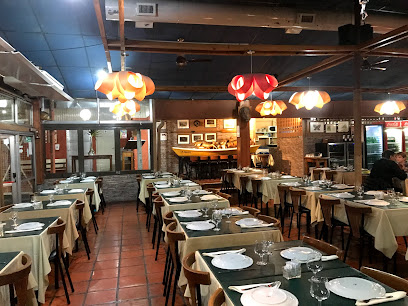
Los Jardines
Discover Los Jardines: A serene dining experience in Rosario featuring exquisite local cuisine and lush garden settings.
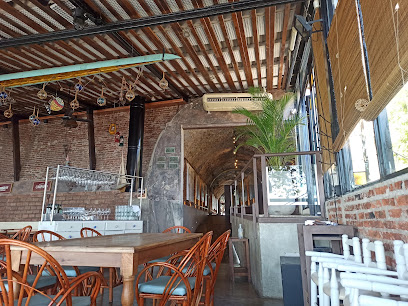
Davis
Experience the authentic taste of Argentine barbecue at Davis, where tradition meets innovation in every delicious bite.
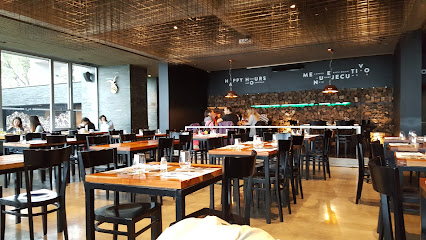
Bajada España
Experience authentic Argentine flavors at Bajada España in Rosario - where tradition meets modern culinary excellence.
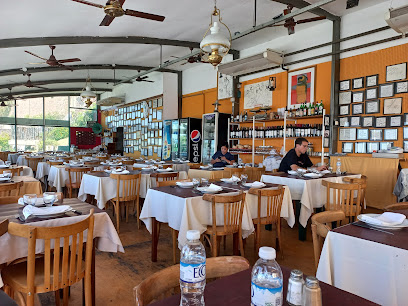
Viejo Balcón
Experience authentic Argentinian cuisine at Viejo Balcón, where every dish is a celebration of flavor and tradition.
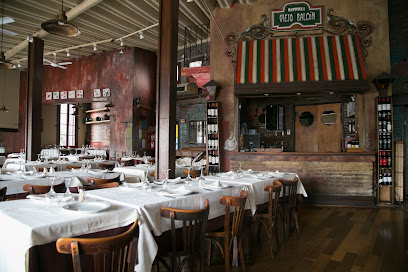
La Marina Restaurante Español
Experience authentic Spanish cuisine at La Marina Restaurante Español in Rosario – where every dish offers a taste of tradition.
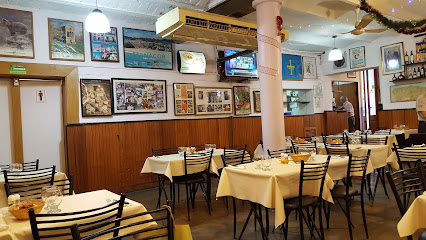
Gran Lago - Resto Bar
Discover Gran Lago - Resto Bar in Rosario: where Argentine grill meets breathtaking lakeside views for an unforgettable dining experience.
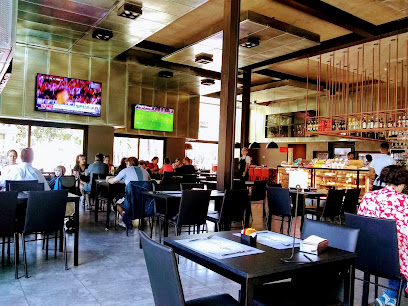
La Morada Bar
Experience the essence of Argentine cuisine at La Morada Bar – where grilling meets vibrant dining in Rosario.
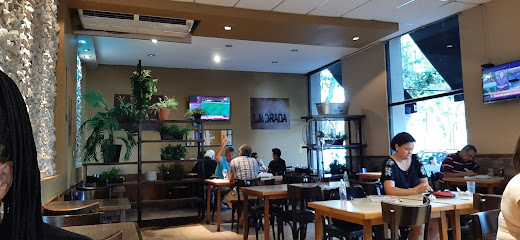
Bruno restaurant
Experience authentic Italian cuisine at Bruno Restaurant in Rosario—where every dish tells a delicious story.
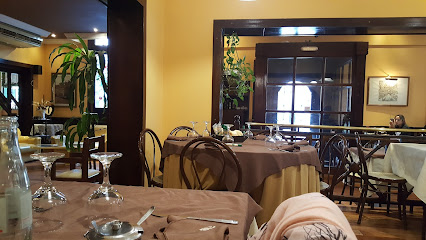
La Huella - Tradición en Parrilla
Experience authentic Argentinian parrilla at La Huella in Rosario – where tradition meets flavor in every bite.
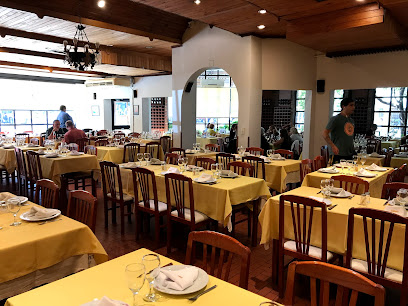
El Resorte Comedor
Experience the heart of Argentine cuisine at El Resorte Comedor in Rosario - where flavors meet tradition in an inviting atmosphere.
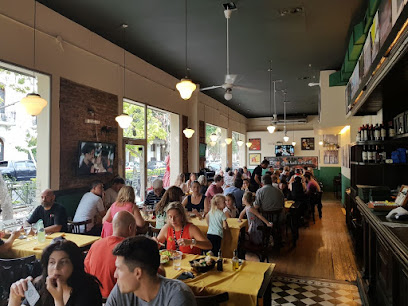
Markets, malls and hidden boutiques
Monumento Histórico Nacional a la Bandera
Discover the Monumento Histórico Nacional a la Bandera, a stunning tribute to Argentina's flag and a must-visit landmark in Rosario, rich in history and culture.
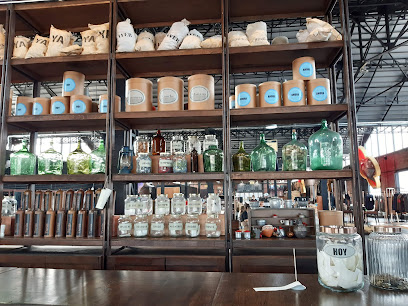
Alto Rosario Shopping
Discover the vibrant shopping experience at Alto Rosario Shopping, featuring diverse retail, delightful dining, and family-friendly entertainment.
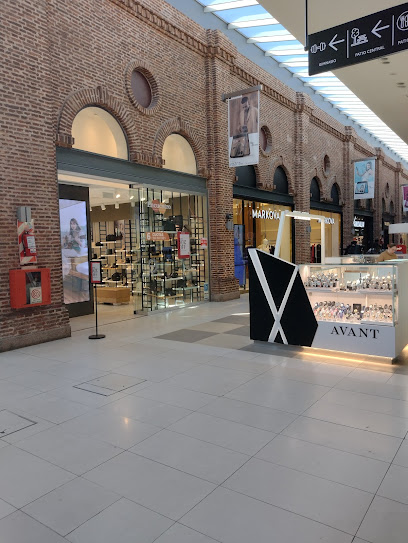
Portal Rosario Shopping
Experience the ultimate shopping and leisure destination at Portal Rosario Shopping Mall, where style meets entertainment in the heart of Rosario.
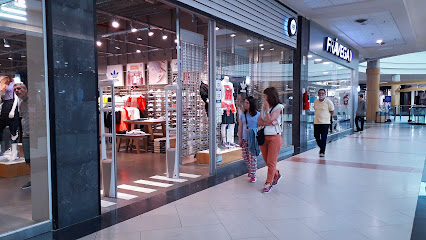
Shopping del Siglo
Discover the ultimate shopping experience at Shopping del Siglo in Santa Fe, featuring diverse stores, delicious dining, and family-friendly entertainment.
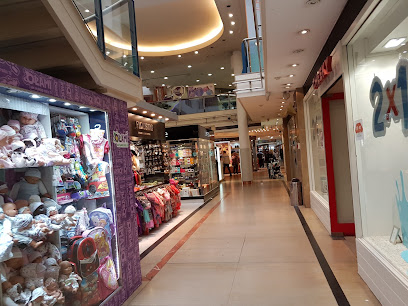
Acuario del Río Paraná
Explore the aquatic wonders at Acuario del Río Paraná, a premier aquarium in Rosario showcasing the rich biodiversity of the Paraná River.

Paso Del Bosque Shopping
Discover the ultimate shopping experience at Paso Del Bosque Shopping in Rosario, featuring diverse retail options, dining, and entertainment.
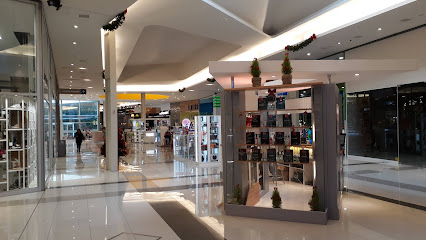
Fisherton Square chic
Discover the charm of Fisherton Square Chic, a premier shopping destination in Rosario, blending local flair with modern retail experiences.

Palace Garden Mall
Explore the Palace Garden Mall in Rosario for an unforgettable shopping and dining experience in the heart of the city.
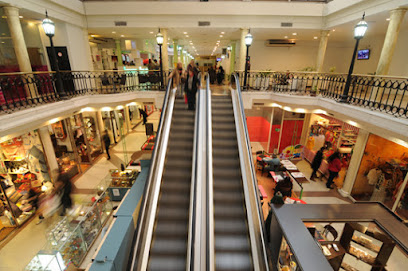
Plaza Pringles
Experience the tranquility and vibrant culture of Plaza Pringles, a beautiful park in Rosario, perfect for relaxation and exploration.
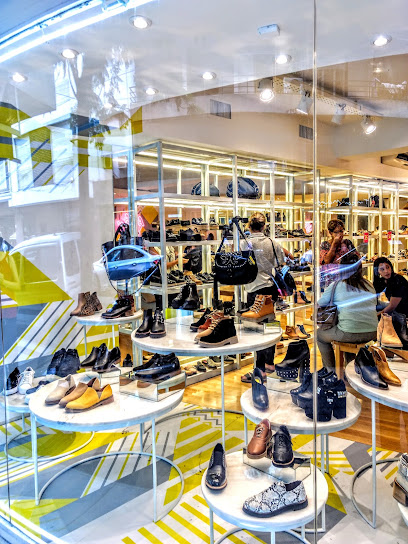
Galería Libertad
Explore Galería Libertad, Rosario's premier shopping destination, featuring diverse shops, delicious dining, and a vibrant atmosphere in the heart of the city.
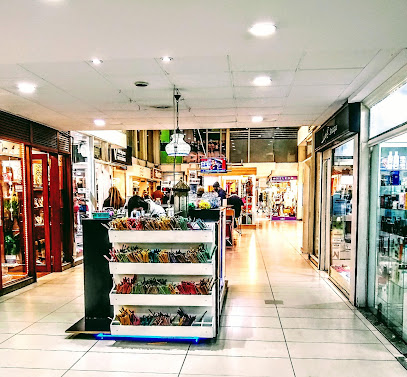
Rosario Shopping store
Explore Rosario Shopping Store for unique gifts, anime collectibles, stylish clothing, and more in the heart of Rosario.
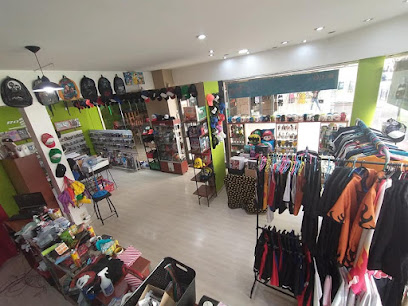
Petete bazar
Discover unique local crafts and vibrant culture at Petete Bazar in Rosario, a must-visit destination for every traveler.
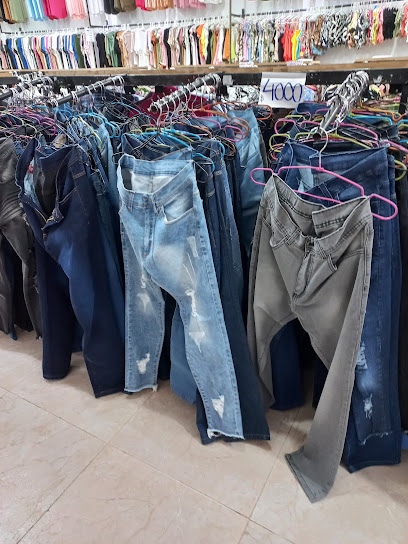
Mundo Bazar SRL
Explore a treasure trove of cutlery and kitchen essentials at Mundo Bazar SRL, Rosario's finest destination for culinary tools and gifts.
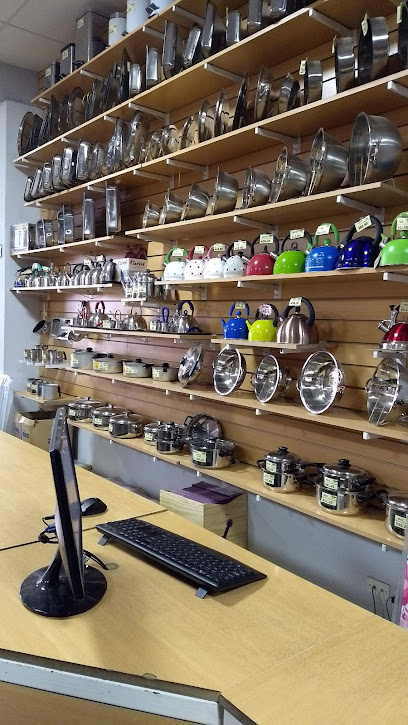
Mercado Retro La Huella
Explore Mercado Retro La Huella, the enchanting antique store in Rosario, Argentina, filled with unique vintage finds and historical treasures.
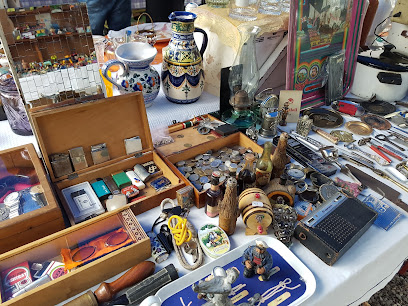
Overlook
Explore Overlook Gift Shop in Rosario for unique local crafts and souvenirs that beautifully capture the essence of Argentine culture.
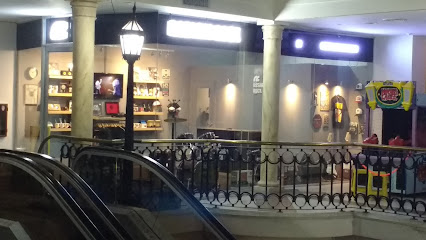
Essential bars & hidden hideouts
Rock&Feller's Bv. Oroño
Experience the vibrant flavors of American cuisine and handcrafted cocktails at Rock&Feller's Bv. Oroño, the ultimate dining destination in Rosario.
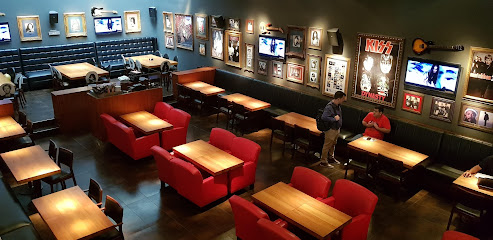
Rock&Feller's Alto Rosario
Experience the vibrant fusion of American cuisine and cocktail culture at Rock&Feller's Alto Rosario, a must-visit dining hotspot in Rosario.
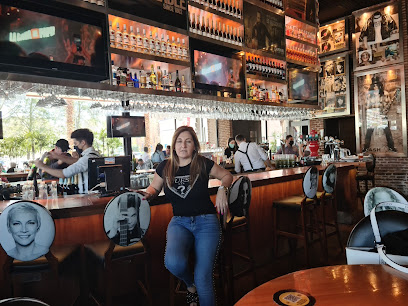
El Cairo
Experience the vibrant flavors of Argentine cuisine at El Cairo, a culinary gem in Rosario offering delectable dishes and a cozy atmosphere.
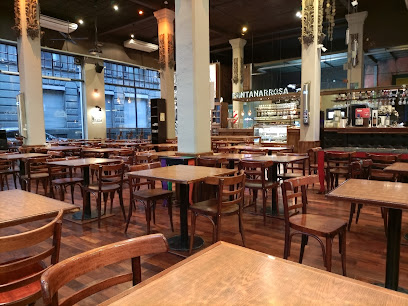
Bar El Cairo
Experience the vibrant flavors of Argentina at Bar El Cairo, a renowned restaurant and café in the heart of Rosario, perfect for cultural and culinary exploration.
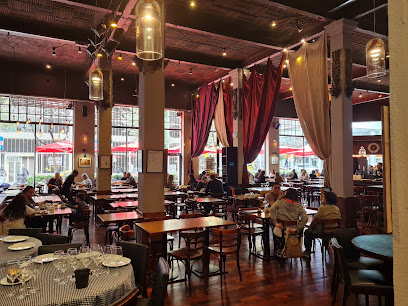
Manush Rosario
Discover Manush Rosario, a top brewpub offering exquisite craft beers and delicious Argentine-inspired cuisine in a lively atmosphere.
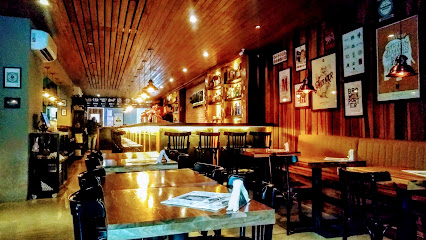
Beatmemo - Pub Tributo a The Beatles
Discover the vibrant Beatmemo in Rosario, an iconic gastropub celebrating The Beatles with delicious food, live music, and a unique cultural experience.
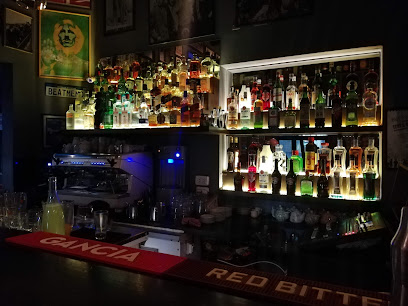
Flora Sunset Bar
Experience the vibrant atmosphere and breathtaking views at Flora Sunset Bar, a must-visit riverside destination in Rosario, Argentina.
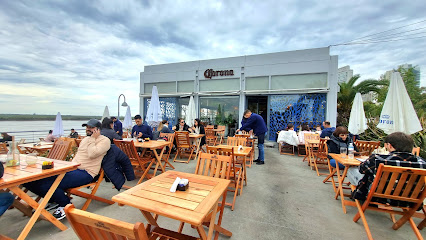
Club Fellini
Discover the lively ambiance of Club Fellini, a premier gastropub in Rosario offering delicious cuisine, refreshing drinks, and live entertainment.
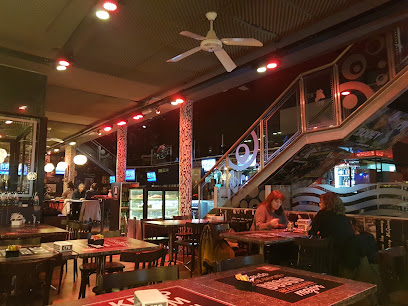
Antares Rosario
Discover the vibrant craft beer culture at Antares Rosario, where delicious food and brews come together in a lively atmosphere.
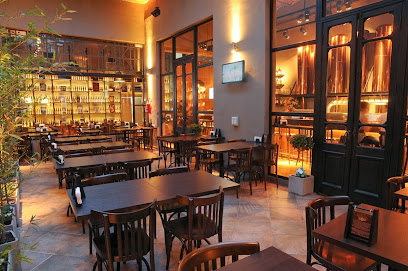
It's Alive
Experience the vibrant atmosphere and innovative menu at It's Alive, Rosario's top gastropub for craft beers and gourmet delights.
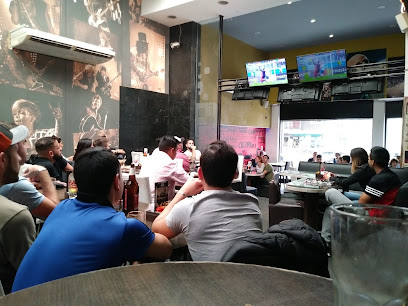
Gran Lago - Resto Bar
Experience the vibrant flavors of Argentine cuisine at Gran Lago - Resto Bar, a must-visit destination in Rosario for food lovers.
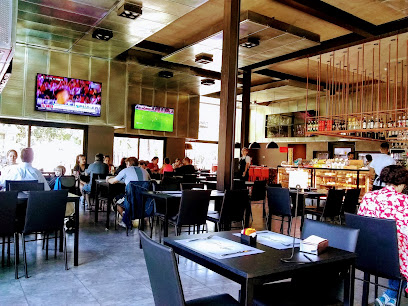
Sunderland
Discover the vibrant flavors of Sunderland, a premier bar and grill in Rosario, where delicious Argentine cuisine meets a lively atmosphere.
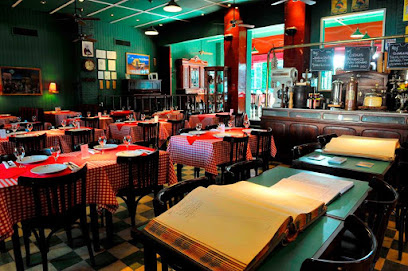
Basquiat
Discover the fusion of culinary creativity and vibrant nightlife at Basquiat Gastropub in Rosario, where every meal is a memorable experience.

Gintoneria Rosario
Experience the vibrant atmosphere of Gintoneria Rosario, a premier gin bar in Argentina offering an extensive selection and a lively cultural scene.
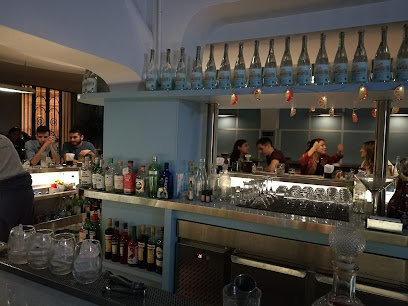
Espressione rosario
Discover the vibrant flavors of Rosario at Espressione, where exceptional cuisine meets a warm and inviting atmosphere.
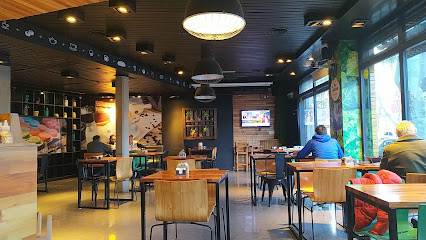
Local Phrases
-
- HelloHola
[oh-la] - GoodbyeChau
[chow] - YesSí
[see] - NoNo
[no] - Please/You're welcomePor favor/De nada
[por fah-vor/deh nah-dah] - Thank youGracias
[grah-see-ahs] - Excuse me/SorryDisculpe/Perdón
[dee-skool-peh/pair-dohn] - How are you?¿Cómo estás?
[koh-moh ehs-tahs] - Fine. And you?Bien. ¿Y vos?
[byen. ee vohs] - Do you speak English?¿Hablás inglés?
[ah-blahs een-glehs] - I don't understandNo entiendo
[no ehn-tyen-doh]
- HelloHola
-
- I'd like to see the menu, pleaseMe gustaría ver el menú, por favor
[meh goos-tah-ree-ah behr ehl meh-noo, por fah-vor] - I don't eat meatNo como carne
[no koh-moh kahr-neh] - Cheers!Salud!
[sah-lood] - I would like to pay, pleaseQuisiera pagar, por favor
[kee-syeh-rah pah-gahr, por fah-vor]
- I'd like to see the menu, pleaseMe gustaría ver el menú, por favor
-
- Help!¡Ayuda!
[ah-yoo-dah] - Go away!¡Andate!
[ahn-dah-teh] - Call the Police!Llama a la Policía!
[yah-mah ah lah poh-lee-see-ah] - Call a doctor!Llama a un médico!
[yah-mah ah oon meh-dee-koh] - I'm lostEstoy perdido/a
[ehs-toy pair-dee-doh/ah] - I'm illEstoy enfermo/a
[ehs-toy ehn-fehr-moh/ah]
- Help!¡Ayuda!
-
- I'd like to buy...Me gustaría comprar...
[meh goos-tah-ree-ah kohm-prahr...] - I'm just lookingSolo estoy mirando
[soh-loh ehs-toy mee-rahn-doh] - How much is it?¿Cuánto cuesta?
[kwan-to kwehs-tah] - That's too expensiveEs demasiado caro
[ehs deh-mah-see-ah-doh kah-roh] - Can you lower the price?¿Puedes bajar el precio?
[pweh-dehs bah-hahr ehl pree-syoh]
- I'd like to buy...Me gustaría comprar...
-
- What time is it?¿Qué hora es?
[keh oh-rah ehs] - It's one o'clockEs la una
[ehs lah oo-nah] - Half past (10)Media (diez)
[meh-dyah (dyehs)] - MorningMañana
[mah-nyah-nah] - AfternoonTarde
[tahr-deh] - EveningNoche
[noh-cheh] - YesterdayAyer
[ah-yehr] - TodayHoy
[oy] - TomorrowMañana
[mah-nyah-nah] - 1Uno
[oo-noh] - 2Dos
[dohs] - 3Tres
[trehs] - 4Cuatro
[kwah-troh] - 5Cinco
[seen-koh] - 6Seis
[seys] - 7Siete
[syeh-teh] - 8Ocho
[oh-choh] - 9Nueve
[nweh-veh] - 10Diez
[dyehs]
- What time is it?¿Qué hora es?
-
- Where's a/the...?¿Dónde está...?
[dohn-deh ehs-tah] - What's the address?¿Cuál es la dirección?
[kwal ehs lah dee-rek-syohn] - Can you show me (on the map)?¿Podés mostrarme (en el mapa)?
[poh-dehs mohs-trar-meh (ehn ehl mah-pah)] - When's the next (bus)?¿Cuándo pasa el próximo (colectivo)?
[kwan-doh pah-sah ehl proh-ksy-moh (koh-lehk-tee-voh)] - A ticket (to ....)Un boleto (a ....)
[oon boh-leh-toh (ah ....)]
- Where's a/the...?¿Dónde está...?
History of Rosario
-
Rosario was officially founded on October 7, 1793. However, its origins date back to the early 17th century when it started as a small settlement known as Pago de los Arroyos. The strategic location along the Paraná River contributed to its growth as an important trading post.
-
During the early 19th century, Rosario played a significant role in the Argentine War of Independence. The city served as a crucial supply and logistics hub for the revolutionary forces. In 1812, General Manuel Belgrano raised the newly created Argentine flag for the first time on the banks of the Paraná River, solidifying Rosario's place in national history.
-
The latter half of the 19th century saw Rosario transform into an economic powerhouse. The construction of the Central Argentine Railway in 1863 linked the city to the interior provinces and Buenos Aires, facilitating the export of agricultural products. This period also witnessed a significant influx of European immigrants, particularly from Italy and Spain, which contributed to the city's cultural and economic development.
-
By the early 20th century, Rosario had established itself as one of Argentina's leading industrial centers. The city's economy diversified with the establishment of meat-packing plants, flour mills, and other manufacturing industries. This industrial growth attracted a labor force from various parts of Argentina and neighboring countries, further enhancing its cultural mosaic.
-
The 20th century was a period of both challenges and growth for Rosario. During the 1930s, the city faced economic difficulties due to global economic downturns. However, post-World War II, Rosario experienced renewed growth and modernization. The construction of key infrastructure projects, such as the Rosario-Victoria Bridge, bolstered its economic significance.
-
Rosario has long been a cradle of cultural and artistic expression in Argentina. The city is renowned for its contributions to Argentine rock music, with bands like Los Gatos originating from Rosario. Additionally, it has a rich tradition in theater, visual arts, and literature, with numerous cultural institutions and events, such as the Rosario International Film Festival.
-
Today, Rosario is a vibrant, dynamic city that continues to play a vital role in Argentina's economy and culture. It is home to significant educational institutions, including the National University of Rosario, and hosts numerous national and international events. The city's diverse neighborhoods, historical landmarks, and bustling riverfront make it a key destination for tourists and locals alike.
Rosario Essentials
-
Rosario is accessible via several modes of transportation. The nearest airport is Rosario – Islas Malvinas International Airport (ROS), which offers domestic and limited international flights. From Buenos Aires, you can take a domestic flight, which typically lasts about an hour. Alternatively, long-distance buses operate frequently between Buenos Aires and Rosario, with the journey taking approximately 4-5 hours. Trains are another option but are less frequent and slower, taking around 7 hours.
-
Rosario has a well-developed public transportation system, including buses and taxis. The bus network covers most of the city, and you can purchase a rechargeable 'Tarjeta Movi' card for convenient travel. Taxis are readily available and can be hailed on the street or booked through apps like Uber and Cabify. For a more leisurely experience, consider renting a bicycle to explore the city’s extensive bike lanes and riverfront paths.
-
The official currency in Argentina is the Argentine Peso (ARS). Credit and debit cards are widely accepted in hotels, restaurants, and larger stores, but it’s advisable to carry some cash for smaller establishments and markets. ATMs are plentiful, but be aware of potential withdrawal fees. Currency exchange services are available at airports, major banks, and authorized exchange bureaus.
-
Rosario is generally safe for tourists, but it’s important to stay vigilant. Avoid walking alone at night, especially in less crowded areas. Neighborhoods such as Empalme Graneros and Ludueña have higher crime rates and should be avoided after dark. Keep your belongings secure and be cautious of pickpockets in crowded places.
-
In case of emergency, dial 911 for police assistance, 107 for medical emergencies, and 100 for fire services. Rosario has several hospitals and clinics, including the Hospital de Emergencias Clemente Álvarez (HECA) for urgent medical care. Pharmacies are widely available for minor health issues. It is advisable to have travel insurance that covers medical emergencies.
-
Fashion: Do dress comfortably but avoid overly casual attire in upscale establishments. Don't wear flashy jewelry or display expensive gadgets in public. Religion: Do respect the local customs and traditions. If visiting a church, dress modestly and speak softly. Public Transport: Do have your 'Tarjeta Movi' ready and be courteous to fellow passengers. Don't eat or drink on buses. Greetings: Do greet people with a handshake or a kiss on the cheek. Don't be surprised by the warm and friendly nature of locals. Eating & Drinking: Do try local dishes like 'empanadas' and 'asado'. Don’t rush meals; dining is often a leisurely and social event.
-
To experience Rosario like a local, visit the Mercado del Patio for fresh produce and artisanal goods. Take a stroll along the Paraná River’s waterfront, known as La Costanera, particularly around sunset. Enjoy a mate session in one of the city’s many parks, such as Parque de la Independencia. For a more authentic experience, attend a local football match to feel the city’s passionate sports culture.
Trending Landmark in Rosario
-
Monumento Histórico Nacional a la Bandera
-
CULTURAL CENTER OF SPAIN PARK
-
Parque Urquiza
-
Balneario La Florida.
-
Acuario del Río Paraná
-
Plaza San Martín
-
Independencia. Park
-
Teatro El Círculo
-
Nativity of Our Lord Parish
-
Plaza Montenegro
-
Flag National Park
-
Parrilla Don Ferro
-
Plaza 25 de Mayo
-
La Isla de los Inventos
-
Children's Farm
Nearby Cities to Rosario
-
Things To Do in Fray Bentos
-
Things To Do in Buenos Aires
-
Things To Do in Colonia del Sacramento
-
Things To Do in La Plata
-
Things To Do in Córdoba
-
Things To Do in Tacuarembó
-
Things To Do in Montevideo
-
Things To Do in Maldonado
-
Things To Do in Punta del Este
-
Things To Do in Mar del Plata
-
Things To Do in San Rafael
-
Things To Do in San Juan
-
Things To Do in Mendoza
-
Things To Do in Carmen del Parana
-
Things To Do in Encarnacion














